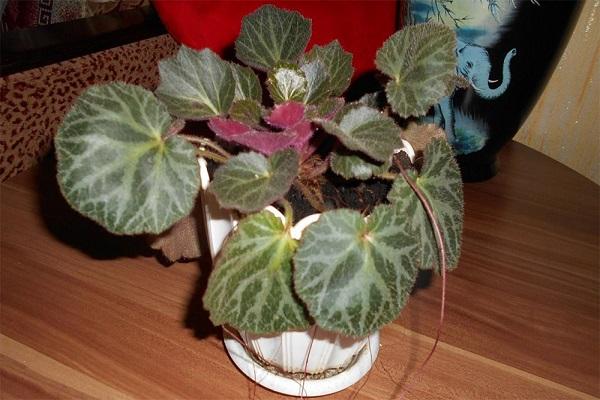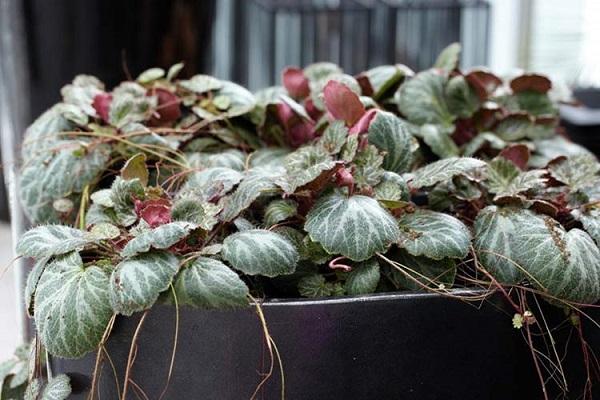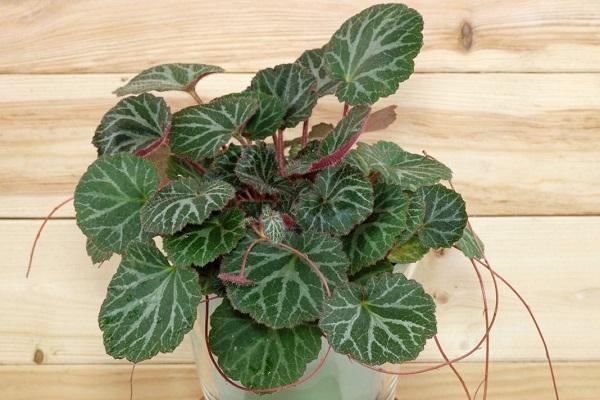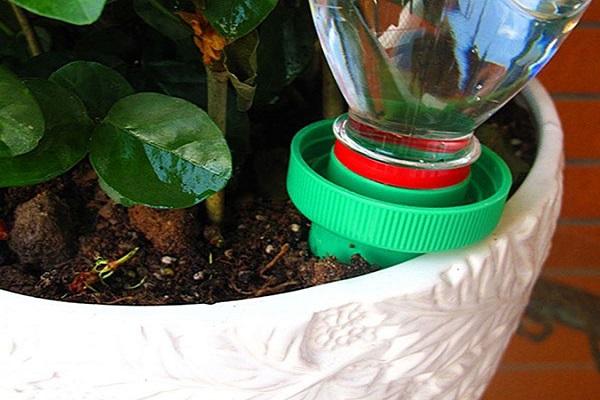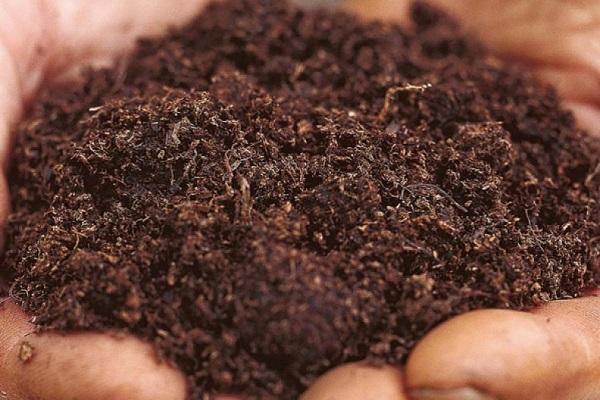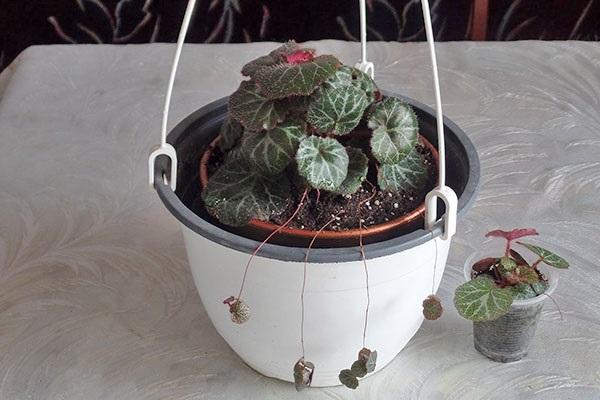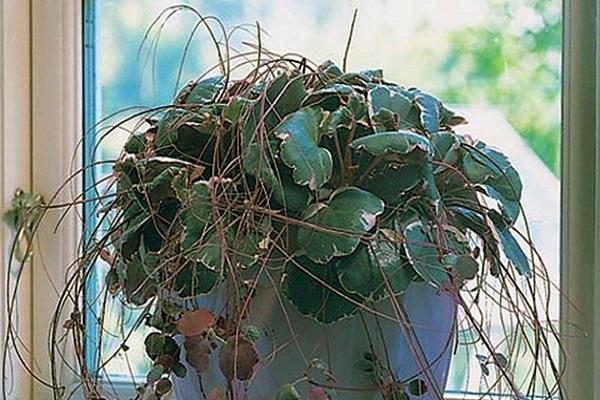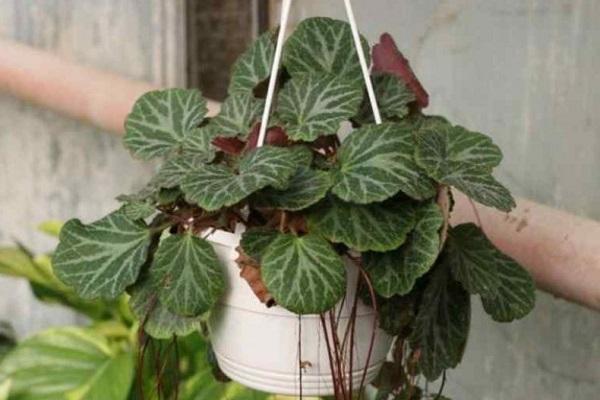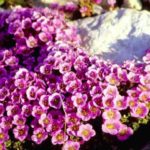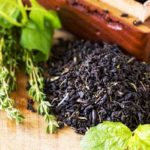Saxifraga is a common ground cover plant used for landscaping, creating rockeries and alpine slides. Possessing a high decorative quality, it is loved by both ordinary summer residents and eminent landscape designers. But saxifrage can not only decorate a garden plot, but also be a spectacular and favorite indoor plant.
- Description of the plant
- Varieties and varieties of saxifrage for home cultivation
- Saxifraga
- Saxifraga cotyledon
- Saxifraga Arends
- Actions after purchase
- Rules for caring for indoor flowers
- Illumination and temperature conditions
- How to water
- Hydration
- soil mixture
- Fertilizer
- Features of transplantation
- Diseases and pests
- Breeding methods
- Seeds
- By shoots
- Rosettes
- Problems during cultivation
Description of the plant
Saxifraga is a herbaceous perennial belonging to the Saxifraga family, which includes more than 400 species. In the wild, saxifrage grows in temperate climates throughout the Northern Hemisphere. Saxifraga is able to grow successfully in conditions in which most plants cannot survive.
It got its name due to its ability to grow on rocky soil, at the foot of mountains and on rocks. Saxifraga clings with its roots to small cracks in stones and gradually destroys them. The popular name of the culture is “gap-grass”. Widely used by gardeners and landscape designers around the world as a ground cover plant.
Saxifraga is a rhizomatous flower with long, creeping shoots. Reaches heights from 5 to 70 centimeters. The plant feeds through numerous thin and branched roots. They are present both at the base of the bush and grow in the internodes of the shoots touching the ground.
The leaves are petiolate, collected in a basal rosette, and vary greatly among different species. They are diamond-shaped, oval, heart-shaped or feathery in shape. They can be either smooth or pubescent. The color of the foliage also varies, but a chalky white coating always forms on it. The leaves are dark green, silver, gray and bluish.
Varieties and varieties of saxifrage for home cultivation
Some species and varieties of saxifrage are grown not only in flower beds, rock gardens and alpine hills, but also at home. It is especially effective to use it as an hanging plant.
Saxifraga
This is an elegant hanging plant belonging to the Saxifraga family. It grows naturally in the Asia-Pacific region, in rock crevices and on rocky cliffs.Most often, this species is grown at home. Saxifraga is a beautiful and showy herbaceous perennial. It is highly decorative, and caring for the flower is not particularly difficult.
Saxifraga leaves are round, straight and concave in shape, green on top with silver veins, and reddish on the underside. They are collected in dense, flat sockets. All parts of the plant are densely pubescent. From the leaf axils of the saxifrage, thin mustaches, painted red, grow en masse. At the ends of the mustache small rosettes are formed, similar to small spiders.
Blooms from May to September, the flowers are inconspicuous, smallish. Peduncles grow from the center of the leaf rosette. Flowers of irregular shape, pink or white, are collected in loose panicles. An excellent option would be to grow in hanging pots. Mature plants become especially decorative. They are literally hung with many intertwined mustaches of various lengths, dotted with rosettes of different sizes.
Saxifraga cotyledon
The second name is dull leaf. Often found in the mountains of northern Europe, the Alps and the Pyrenees. In Norway and Iceland it often grows on frozen volcanic lava. It has high decorative qualities and is similar in appearance to succulent plants, in particular, echeveria.
The leaves are dense, fleshy, green in color, with edges covered with small teeth. They are oval or reed-shaped, collected in a basal rosette. The leaves have an intense glossy shine, the edges are covered with a white calcareous coating.
Numerous white flowers are collected in paniculate inflorescences (up to 40 centimeters wide), located on high (from 20 to 60 centimeters) peduncles. They are aligned, star-shaped, whitish-pink in color.Interestingly, the size of the inflorescences is many times greater than the size of the plant itself. Blooms throughout June.
Saxifraga Arends
An original groundcover perennial that forms a thick, bright green carpet. This is an attractive and easy to care for plant. Widely used by designers when creating rockeries and alpine slides. The first to cultivate plants growing in the wild was the German breeder Georg Arends.
Saxifraga Arends somewhat similar to a thicket of moss. The lower leaves die off every year, and new foliage grows in the area of the tops. Therefore, saxifrage shoots are brown at the base and green at the top. When flowering, the appearance of the plant changes greatly.
At first, 15-20-centimeter numerous flower stalks grow above the plants. And then the lush, green leaves are covered with a thick carpet of white, pinkish and red star-shaped flowers. Interestingly, red flowers appear much less often than white and pink ones. Today, Arends saxifrage is represented by many different varieties, and planting them will add originality to any flower bed:
- Blutenteppih;
- Highlander;
- Schneeteppich;
- Flamingo;
- Purplemantelle.
Actions after purchase
After purchasing, the pot with saxifrage must be placed in partial shade. If the substrate is dry, it must be well moistened. The plant can be transplanted into a new pot no earlier than after a week. Moreover, it is not transshipment that is carried out, but planting, with preliminary cleansing of the root system from the old substrate.
An important point is that before planting, to protect against diseases and soil pests, the rhizomes are soaked in a solution of fungicide and insecticide.
Rules for caring for indoor flowers
Saxifraga is an unpretentious plant.But it will show all its beauty, the variegated, rich color of the leaves only with proper care.
Illumination and temperature conditions
Saxifraga can be grown in partial shade. The pots will be placed on windows located on the west or east side. Avoid exposure to direct sunlight. This will lead to the leaves losing their juiciness; they will become faded, limp and wrinkled. Saxifraga acquires the greatest decorative effect, depth of color and clarity of pattern in diffused lighting.
During the growing season, the plant needs to maintain a temperature range from +20 C to +25 C degrees. With a greater increase in temperature, frequent ventilation or transfer of plants to fresh air (outside or onto the balcony) is necessary.
Saxifraga tolerates wintering well. But one condition must be met - a temperature that is comfortable for the plant during this period is not higher than +12 C, +15 C degrees.
How to water
In winter, watering should be done carefully, taking care not to get water on the densely pubescent foliage. Otherwise, fungal diseases will quickly develop and the plant will simply rot. In summer, moderate but regular watering is carried out as the top layer of soil dries. Use soft, settled water at room temperature. When watering, it is extremely undesirable to “flood” the plant or allow water to stagnate.
Hydration
Saxifraga is characterized by excellent tolerance to dry air. During cool winters, you can do without spraying with a spray bottle. But in the hot summer months, systematic but light spraying is necessary, with a frequency of 2-3 times a week.
soil mixture
In nature, saxifraga grows in harsh conditions, so when grown as a houseplant, it is not particularly demanding on the soil mixture. But for its good development, the soil must be air and moisture permeable. It’s easy to prepare the substrate yourself or buy it ready-made at the garden center. The correct soil mixture should consist of:
- 2 parts leaf soil;
- 1 part turf;
- 1 part non-acidic peat;
- 1 part coarse sand;
- and finely detailed stones.
Fertilizer
Fertilize saxifrage only during the period of active growth. Moreover, it is better to underfeed than to overfeed. Nitrogen fertilizers are practically not used, but using phosphorus-potassium fertilizers several times a season will only be beneficial.
Features of transplantation
Replanting of bushes is carried out when the roots of the plant peek out en masse from the drainage holes. This means that there is no longer enough space for the root system in the old pot. The flower is replanted at any time while the plant is in a state of active growth.
Diseases and pests
No matter how unpretentious saxifrage is, it is still affected by some diseases and pests. These are spider mites, mealybugs (root pests) and green aphids.
Spilling soil or soaking the root in a solution of the insecticide Aktara will help against scale insects, and spraying with insectoacaricide Actellik will help against the rest.
The main diseases to which saxifrage is susceptible are powdery mildew, rust and spotting. Copper-containing preparations, in particular copper oxychloride, will help in the fight against them.
Breeding methods
Reproduction of saxifrage is not particularly difficult. It can be grown by dividing the bush, rooting rosettes or sowing seeds.
Seeds
Saxifraga seeds have a high germination rate.After sowing, they germinate within a week, but before that they must undergo stratification. When sowing, the seeds are scattered over the surface of the soil and lightly pressed down. After careful spraying, the container with the seeds is covered with film and placed in a warm place. For germination it is necessary to maintain a temperature from +18 C to +20 C degrees.
By shoots
When the plant has finished flowering, propagation can be carried out by dividing the bush. The rosettes are carefully separated from the mother plant by hand. Then they are rooted in the shade as independent seedlings. It is necessary to protect young seedlings from direct sunlight.
Rosettes
The most effective method of propagation is rooting rosettes. Near the flowerpot with saxifrage we place small pots with substrate or small cassettes - up to 10 cells. We place the rosettes in the center of the pots and pin them to the ground. Then the soil is shed generously, and then regularly sprayed until rooting. After the roots grow, the tendrils coming from the mother plant are cut off.
Problems during cultivation
The main problems when growing are overflow or, conversely, stagnation of water, violation of the temperature regime during wintering, burning of leaves in the sun, damage by certain diseases and pests.

